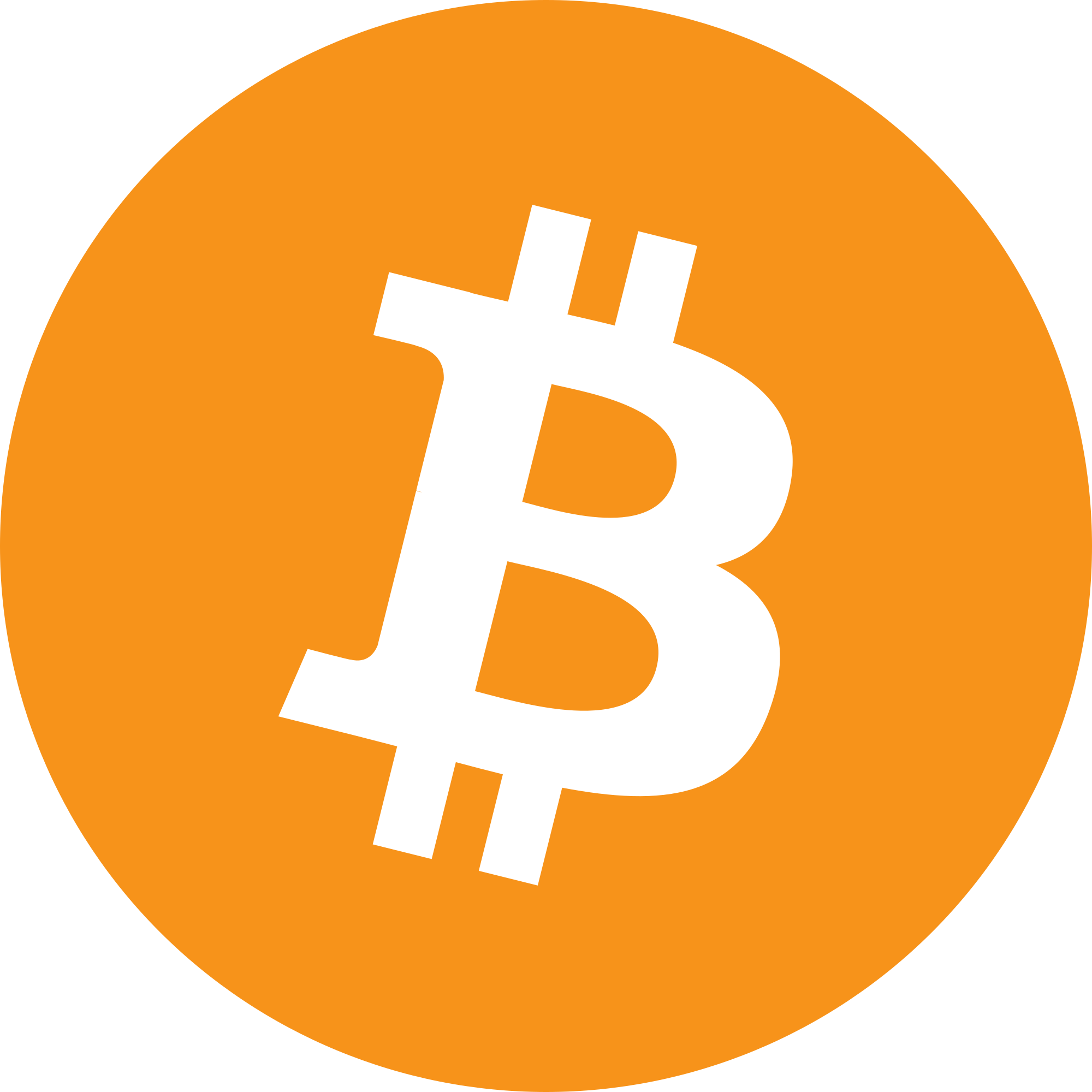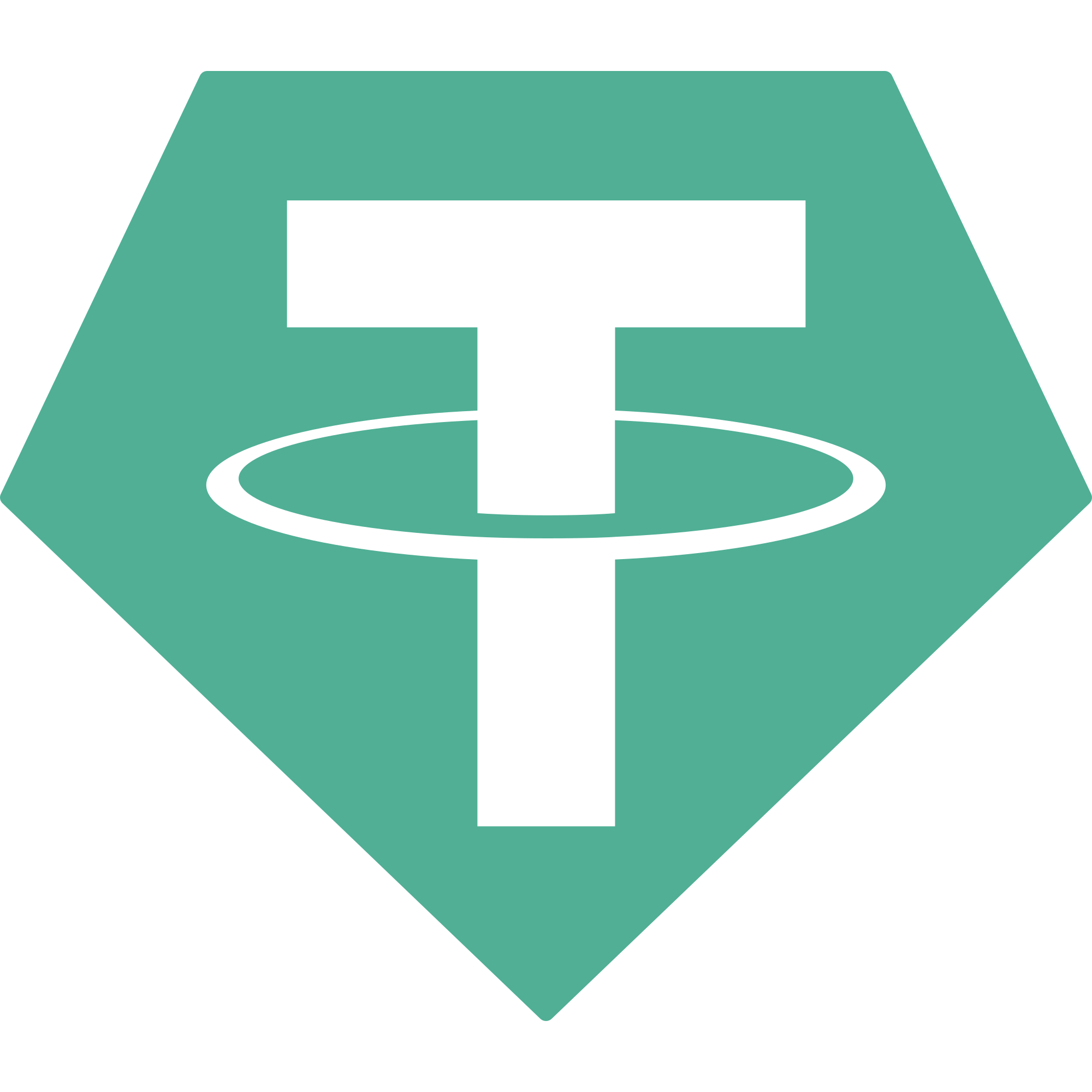In the realm of blockchain and cryptocurrencies, Ripple and XRP have become household names. However, there is often confusion surrounding the relationship between Ripple and XRP. This article aims to clarify the distinctions between Ripple and XRP, shedding light on their roles, functions, and the ongoing debates surrounding them.
Ripple: The Company
Ripple is a San Francisco-based technology company founded in 2012. Its primary objective is to facilitate fast, low-cost international money transfers. Ripple offers a suite of software solutions, including RippleNet, which is designed to connect financial institutions and enable them to conduct cross-border transactions securely and efficiently.
Ripple’s technology is based on a decentralized digital ledger called the XRP Ledger. This ledger functions as a distributed database, facilitating real-time gross settlement systems, currency exchange, and remittance networks. Ripple’s solutions aim to enhance traditional banking systems by providing speed, transparency, and cost-effectiveness.
XRP: The Digital Asset
XRP is the native digital asset used within the Ripple network. It serves as a bridge currency to facilitate the seamless transfer of money between different fiat currencies. XRP is designed to be a highly efficient and scalable cryptocurrency, enabling fast transactions with minimal fees.
Unlike many other cryptocurrencies, XRP does not rely on mining for its creation. Instead, all 100 billion XRP coins were pre-mined and released by Ripple at its inception. Ripple owns a significant portion of XRP, which has sparked debates regarding its decentralization and the level of control exerted by the company over the digital asset.
Ripple & XRP
The relationship between Ripple and XRP has sparked ongoing debates within the cryptocurrency community. Critics argue that Ripple has too much control over XRP, creating concerns about centralization and the potential manipulation of the digital asset’s value. Some also express apprehension regarding the regulatory status of XRP, as the U.S. Securities and Exchange Commission (SEC) filed a lawsuit against Ripple Labs in December 2020, alleging that the company conducted an unregistered securities offering by selling XRP.
Ripple’s supporters argue that the company and XRP serve distinct purposes. While Ripple develops technology solutions for financial institutions, XRP functions as a separate digital asset with its own ecosystem and utility. They highlight the advantages of XRP’s fast settlement times and low transaction costs, which make it attractive for banks and other financial entities seeking efficient cross-border payments.
It is essential to note that the legal proceedings between Ripple and the SEC are ongoing, and the outcome may impact the future of XRP. However, it is worth mentioning that despite the legal challenges, Ripple and XRP have continued to make progress. Ripple has expanded its partnerships with financial institutions worldwide, and XRP remains one of the most significant cryptocurrencies in terms of market capitalization.
Ripple and XRP, while closely intertwined, are distinct entities serving different purposes within the realm of blockchain technology and digital assets. Ripple aims to revolutionize cross-border transactions through its technology solutions, including RippleNet, while XRP functions as the digital asset facilitating these transactions. While debates persist regarding centralization and regulatory concerns, Ripple and XRP have continued to evolve, attracting partnerships and users around the world. As the legal proceedings unfold, the future trajectory of Ripple and XRP will undoubtedly be of great interest to the cryptocurrency community.




